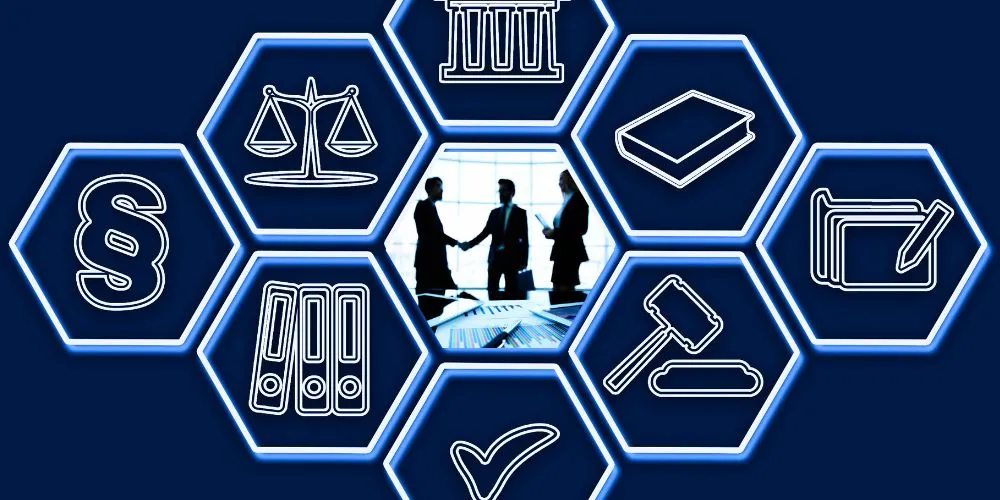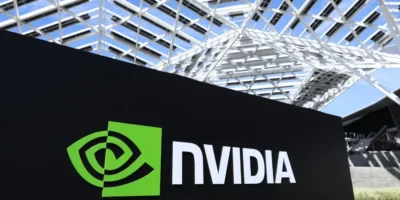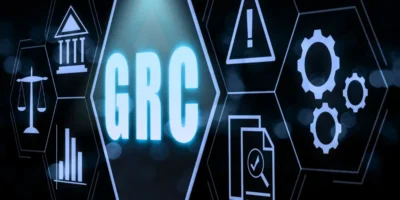Organizations face an ever-expanding array of challenges and risks in the rapidly evolving and complex business world. To excel in this dynamic landscape, businesses must embrace a comprehensive approach that unifies Governance, Risk Management, and Compliance (GRC). GRC management acts as a strategic framework, seamlessly integrating these essential components to foster ethical behavior, optimize operational efficiency, and ensure long-term sustainability. This article delves deeper into the profound significance of GRC management, exploring its essential elements and highlighting its transformative impact on achieving organizational excellence.
The Significance of GRC Management
GRC management recognizes the intrinsic interconnectedness and mutual reinforcement between governance, risk management, and compliance practices. The following points further underscore the significance of GRC management.
Alignment with Objectives
GRC management serves as a guiding force, ensuring that all business activities align harmoniously with the organization’s mission, values, and strategic objectives. Instilling a culture of ethical conduct and responsible decision-making at all levels becomes the bedrock of the organization’s ethical framework.
Holistic Risk Approach
In adopting a holistic view of risk, GRC management goes beyond identifying immediate threats and opportunities. It looks at risks from multiple angles, including strategic, operational, financial, and reputational aspects. This comprehensive approach empowers organizations to proactively manage uncertainties and take calculated risks that drive growth and innovation.
Regulatory Adherence
It focuses on adherence to relevant laws, regulations, and industry standards. It establishes a robust compliance framework that helps mitigate legal and financial risks, safeguarding the organization’s reputation and brand image.
Efficient Resource Allocation
By integrating governance, risk management, and compliance efforts, organizations can optimize resource allocation and streamline processes. It enhances operational efficiency and strategically deploys resources, creating a lean and agile organization.
Critical Elements of GRC Management
One of the most essential aspects of effective GRC management is identifying and prioritizing critical elements. It involves understanding an organization’s unique risks and challenges and developing a comprehensive strategy to mitigate them.
Governance
At the core of GRC management lies effective governance. It involves establishing clear policies, processes, and controls that guide the organization’s direction and decision-making. Transparent and accountable governance practices foster stakeholder trust and encourage responsible behavior throughout the organization.
Risk Management
They significantly emphasize risk management as a proactive approach to navigating uncertainties. It entails identifying and assessing potential risks, analyzing their impact, and developing strategies to mitigate or capitalize on them. A robust risk management framework enables organizations to capitalize on growth opportunities while effectively mitigating threats.
Compliance
Compliance forms an integral part of GRC management, ensuring that the organization adheres to applicable laws, regulations, industry standards, and internal policies. A culture of compliance not only shields the organization from legal liabilities but also demonstrates its commitment to ethical business practices and responsible corporate citizenship.
Internal Controls
Internal controls are the mechanisms used within GRC management to monitor and manage governance, risk, and compliance efforts. These controls ensure that processes are efficient, effective, and consistently aligned with the organization’s strategic objectives.
Ethics and Values
They strongly emphasize ethics and values as the cornerstone of organizational behavior. It cultivates a culture of trust, respect, and fairness by promoting integrity, transparency, and ethical behavior at all levels.
Continuous Improvement
Embracing a culture of continuous improvement is vital for GRC management. Regular assessments and evaluations help identify areas for enhancement, enabling organizations to adapt, innovate, and remain resilient in the face of evolving challenges.
Impact of GRC Management on Organizational Excellence
Effective GRC management is crucial for achieving organizational excellence. When implemented correctly, it ensures that the organization is aligned with its goals, compliant with regulations, and can mitigate risks.
Enhanced Decision-Making
GRC management equips decision-makers with a comprehensive and data-driven view of the organization. By considering risks and opportunities, decision-makers can make informed and well-balanced choices that align with the organization’s objectives.
Operational Efficiency
It streamlines processes, eliminates redundancies, and optimizes resource allocation. It improves operational efficiency and ensures that resources are utilized effectively to deliver value to stakeholders.
Stakeholder Trust
A well-implemented GRC management framework fosters trust among stakeholders, including investors, customers, partners, and employees. Stakeholders place confidence in the organization’s ability to operate responsibly, make sound decisions, and protect their interests.
Proactive Risk Mitigation
It empowers organizations to anticipate and address risks before they escalate. By proactively managing risks, organizations can minimize potential negative impacts and position themselves to capitalize on emerging opportunities.
Sustainable Growth
Its emphasis on governance, ethics, and risk management paves the way for sustainable growth and long-term success. Organizations can confidently navigate uncertainties, enabling them to thrive in a rapidly changing business landscape.
Conclusion
GRC management serves as the strategic compass that guides organizations through the complexities of the business landscape. Integrating governance, risk management, and compliance efforts ensures that the organization operates ethically, responsibly, and efficiently. It empowers decision-makers to make informed choices, minimizes risks, and strengthens stakeholder trust.
Embracing a GRC management approach leads to organizational excellence, positioning businesses for resilience and success in an increasingly complex and changing world. As organizations evolve and face new challenges, it remains a critical framework for achieving excellence and fostering a culture of integrity and responsibility. Its continuous commitment to integration, ethics, and improvement paves the way for enduring success and a positive impact on all stakeholders.













